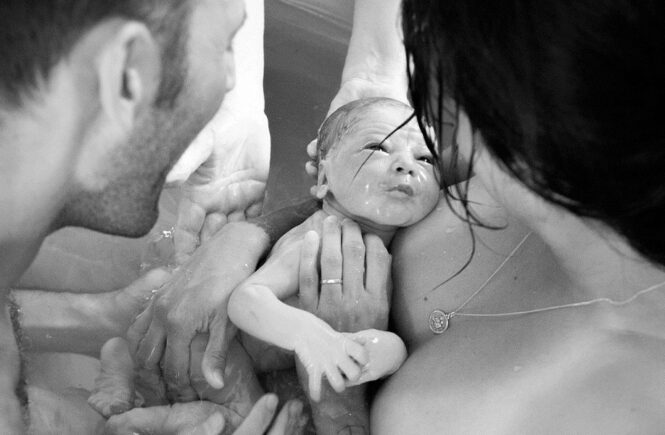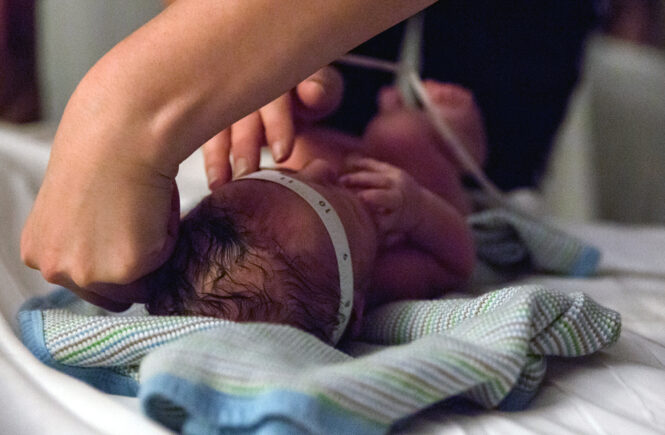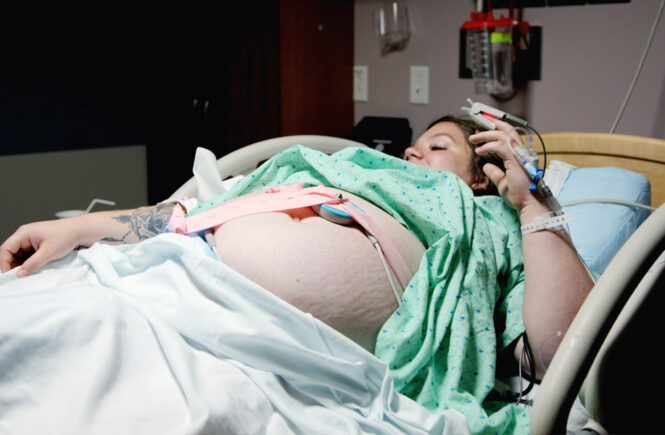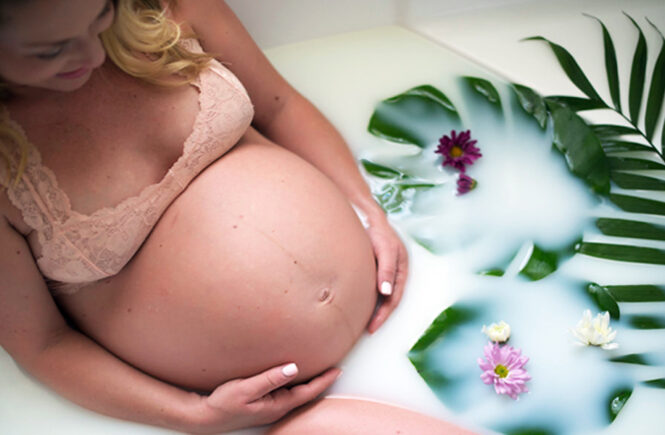Why is this generation more likely to suffer birth complications, or possible death, compared to earlier generations? A recent report by 15 different authors concluded that even though the U.S. is spending an estimated $110 billion each year on childbirth, it still has the worst outcome among peer countries for mothers and babies. The authors arrived at their findings after examining hundreds of articles documenting birth outcomes in three specific settings: hospitals, birthing centers, and home births. They then took those results and compared them to standard medical literature from other countries whose birth outcomes are better than the U.S.
The main point the authors found in their study was that if the U.S. wants to improve their birth outcomes, they must first strengthen their birth settings. To enhance those settings, we should begin with making midwives, doulas, lactation consultants, and home and birth centers more accessible to families that desire those settings. This access is especially imperative for women from minority backgrounds. Black and Native American women are dying at a rate of 3 to 4 times more than white women due to birth complications.
To improve birth settings, the authors of the study suggest the following:
- Lower healthcare costs
- Reduce complications from unnecessary interventions, including some cesarean sections
- Improve patient experience
- Provide more respectful care that aligns with cultural and personal values, as well as clinical needs
We know that the ability of a woman to follow her birth plan as carefully as possible helps to improve birth outcomes. When an expectant mother feels empowered and educated as to her options during birth, as well as her rights to mitigate the vast array of complications that may occur, she will have a more successful birth experience. Birth Centers, midwives, and doulas are all factors that can provide that empowerment, education, and level of support that aren’t always present in a U.S. hospital setting.

The study found that midwives attend only 11% of all births in the U.S. This could be because 98.4% of all births occur in hospitals, and there tends to be a stigma in allowing a midwife into a birth at a hospital setting. That is the opposite of our peer nations. In the majority of other countries moms receive a midwife or at least access to a birth assistant from the beginning of their birth experience. Instead, in the U.S., we focus on the highest level of care under the assumption that everyone will eventually need a surgeon. We need to change our focus and operate under the assumption that as long as the mother is healthy, she can start with a midwife.
In most other countries, midwives perform immediate interventions from complications that can arise in childbirth. Moms should be able to have their births in whatever setting they choose after consulting a healthcare professional. We know from this study that one of the most beneficial healthcare providers for a birth setting is a midwife. Why wouldn’t we focus on improving the midwife system in the U.S. and provide those workers with access to training, funding, and respect if we know these factors improve birth outcomes?
The other major issue regarding birth settings in the United States is the rate of cesarean births. The current rate of cesarean in the U.S. is 1 in 3 women. Cesarean deliveries are major medical surgery that is often not required. The option of cesarean is often pushed due in part to staff scheduling and insurance billing. Significant efforts to reverse this trend tend to go unnoticed by the mainstream. Again, women of color report higher instances of being threatened or ignored by healthcare providers and shoved into a cesarean section option. We need to reduce this practice in the U.S.
Choosing the right birth setting for any mom should come down to her culture, belief, and educated choices. It shouldn’t be a factor of how much insurance she has, or whether or not the local hospital offers such integrated care. Midwives and doulas should be commonplace in our country and not stigmatized as fringe practices, especially given the evidence that our peer countries utilizing such care have better birth outcomes. The best thing we can do for moms in the U.S. is to lower the barriers to appropriate, experienced, and personalized healthcare providers that will listen to the whole patient.
What was your birth setting? Were you given access to a midwife or doula? Please let us know by sending an email on our contact page. We would love to hear more about your story.




